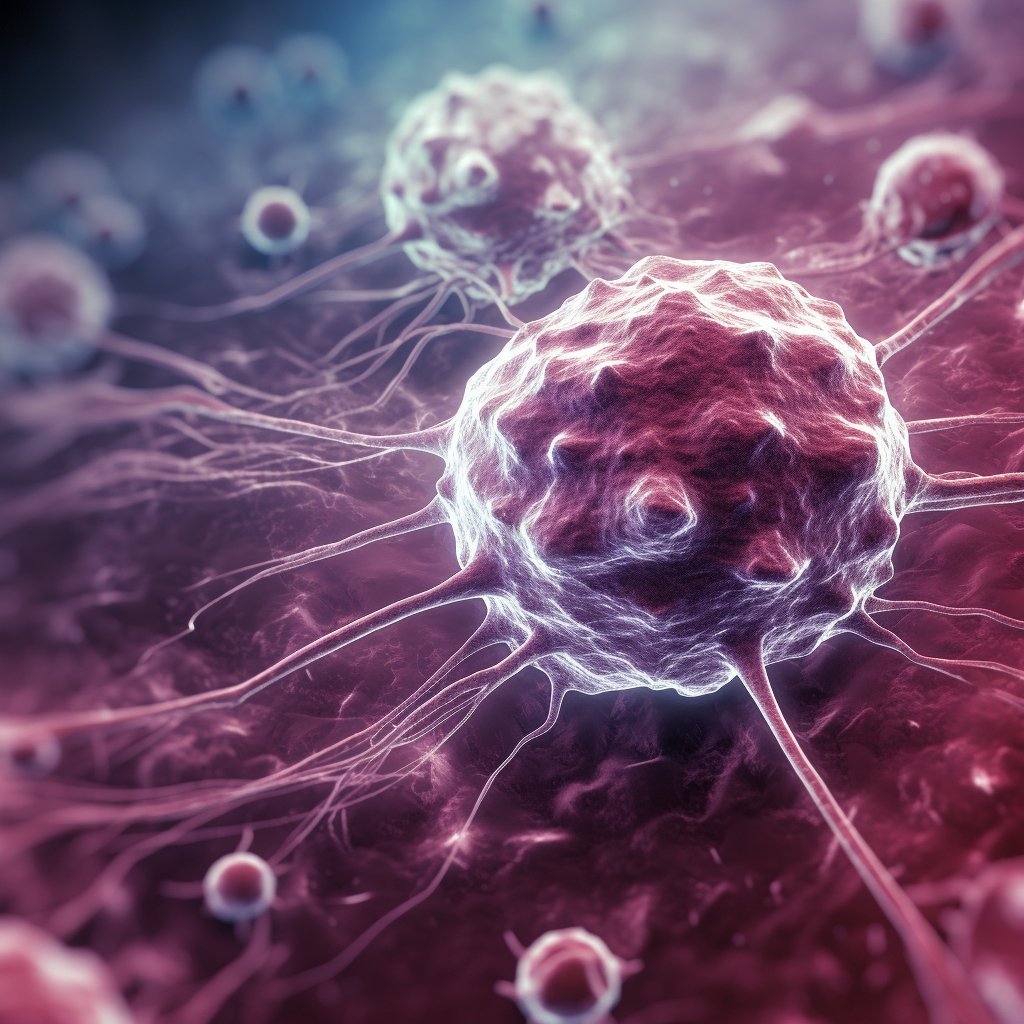#GraphNeuralNetworks are way too cool to be left unexplored!
In a nutshell, GNNs are an exciting merger between graph theory (math) & #DeepLearning (coding).
Here's my detailed resource stack of best GNN theory explainers, videos & coding tutorials I used for my own learning.
In a nutshell, GNNs are an exciting merger between graph theory (math) & #DeepLearning (coding).
Here's my detailed resource stack of best GNN theory explainers, videos & coding tutorials I used for my own learning.
1. This is a great place to start if you either: want to learn the basics, or enjoy reading about basic concepts explained in a well structured way.
It walks us through graphs in real world, what graphs & GNNs consist of, and how GNNs do prediction.
distill.pub/2021/gnn-intro/
It walks us through graphs in real world, what graphs & GNNs consist of, and how GNNs do prediction.
distill.pub/2021/gnn-intro/

2. Further, this next tutorial walks us through graphs & GNNs in an intuitive manner, while also going quite deep into the specific mathematical terminology of the field.
I like this one a lot because it also includes hands-on PyTorch code at every step.
theaisummer.com/graph-convolut…
I like this one a lot because it also includes hands-on PyTorch code at every step.
theaisummer.com/graph-convolut…

3. Next resource is very very good. This advanced video is an excellent explainer of the theoretical foundations of GNNs by @PetarV_93 @DeepMind


And here's the slide deck from the same video, in case you need to make notes, come back to it later or use it as inspiration for your own teaching.
petar-v.com/talks/GNN-Wedn…
petar-v.com/talks/GNN-Wedn…
4. Building further, a good educational resource from @DeepMind combines GNN theory & hands-Collab explainer & coding tutorials (JAX & Jraph). It starts off gently, but does go through several core maths concepts quite in-depth.
github.com/deepmind/educa…
github.com/deepmind/educa…

5. Next, this follow-up @distillpub article is less introductory that resource (1), but I still find it quite accessible. It intuitively extends the convolution concept to graphs & thoroughly explains *interactively* different types of graph convolutions.
distill.pub/2021/understan…
distill.pub/2021/understan…

6. If papers are your thing, this 2020 paper is a good overview. I learned a lot from it.
But don't forget: #GraphNeuralNetworks are a rapidly changing field, so being on top of recent advances is a must.
sciencedirect.com/science/articl…
But don't forget: #GraphNeuralNetworks are a rapidly changing field, so being on top of recent advances is a must.
sciencedirect.com/science/articl…

7. Now, this paper is literally the most recent GNN in biomedicine review that you could possibly find, as it came up yesterday. Is is from @marinkazitnik's lab & it also discusses lots of #genomics, s.a. single cell transcriptomics or cell interactions
https://twitter.com/marinkazitnik/status/1587133816598106112?s=20&t=cUH-nZT4wlbdeHzFVRTlpQ
If you are interested in applications of GNN to genomics or 🔥biology unraveled by #singlecell #spatial #transcriptomics, I just wrote an explainer thread about two very nice recent papers that came out last week
https://twitter.com/simocristea/status/1586004178383425536?s=20&t=dguvCv2yi_6PRlwYiIIxLQ
8. For bio folks: Marinka's lab website @marinkazitnik is really a gem for learning resources on GNNs in biomedicine.
‼️All materials from her 2022 ISMB tutorial on Graph Representation Learning are downloadable. Seriously, this is very good stuff🙏
zitniklab.hms.harvard.edu/meetings/
‼️All materials from her 2022 ISMB tutorial on Graph Representation Learning are downloadable. Seriously, this is very good stuff🙏
zitniklab.hms.harvard.edu/meetings/

I need to take a small detour and just mention this. I first saw Marinka's work at the ISMB conference in 2019 in Basel, where she gave a tutorial on Learning on Graphs. Her presentation was excellent & impressed first and foremost by clarity. She made it all sound so easy. 

9. Next, this is a collection of hands-on coding GNN tutorials @harvardmed to which @marinkazitnik also contributed: Machine Learning on Graphs. It's quite good for coding practice.
github.com/mims-harvard/g…
github.com/mims-harvard/g…

10. And... I kept (one of) the best for last: @jure's excellent Machine Learning on Graph Stanford lectures are available on Youtube. This is a very comprehensive resource: the material covers the basics in-depth, while also diving deep towards the end.
youtube.com/playlist?list=…
youtube.com/playlist?list=…

These are the best resources I've used for my own learning, and that I'm revisiting periodically.
Hope it helps people discover the beauty of GNNs♥️
Please add to this thread good resources that you came across in your learning as well, thanks!
Hope it helps people discover the beauty of GNNs♥️
Please add to this thread good resources that you came across in your learning as well, thanks!
• • •
Missing some Tweet in this thread? You can try to
force a refresh












